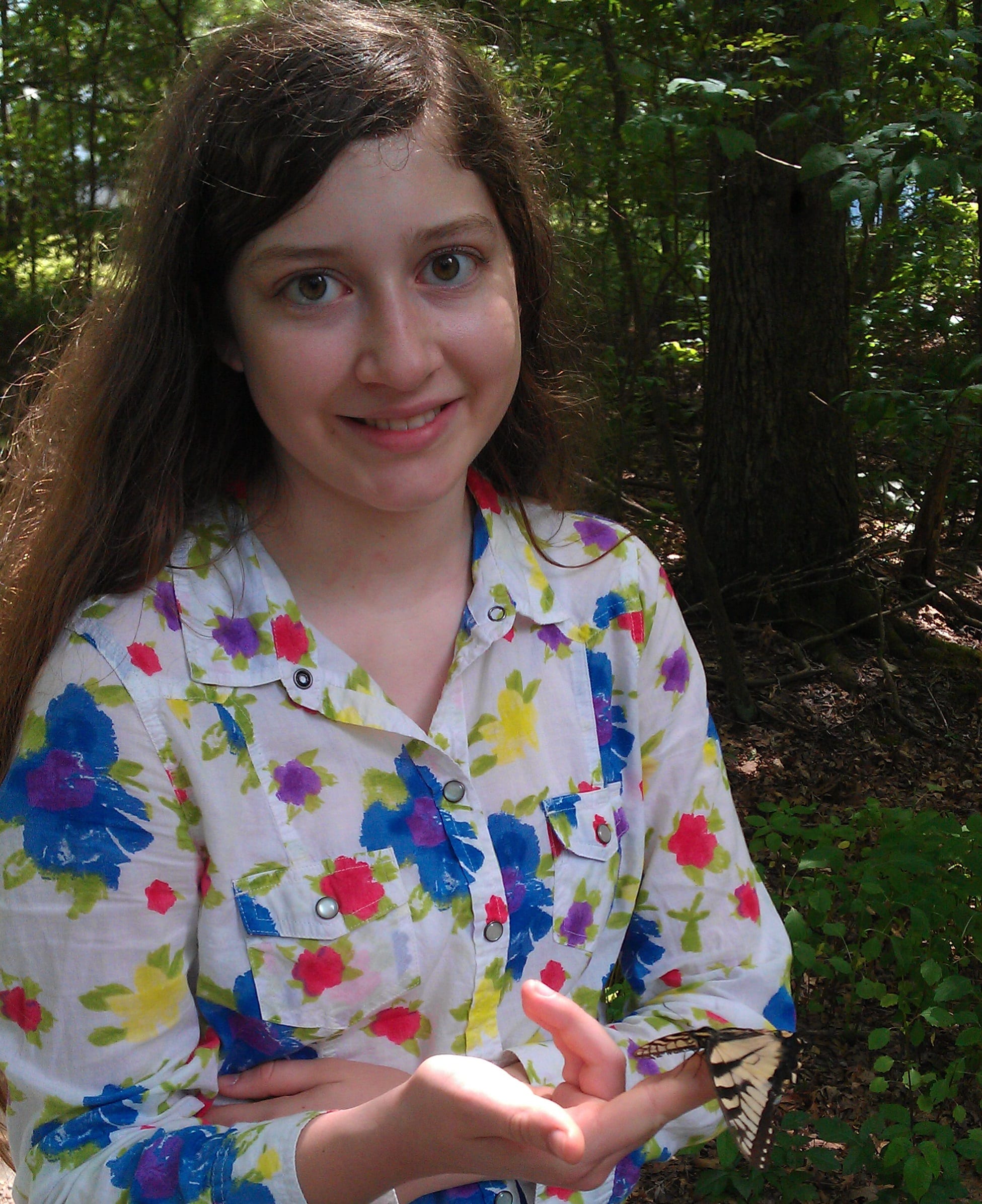The sudden ubiquity of pumpkin spice flavoring makes it official: Fall is upon us. It's the perfect time to wrap up in a comfy blanket, find a rocking chair, and knit yourself something soft.
If you're short on ideas, here's a little inspiration:


Behold, the Crochet Coral Reef: a collaborative project that ties together biology, mathematics, art, science communication, and a whole lot of yarn. Since its debut at the Andy Warhol museum in 2007, the reef has toured major cities in both Europe and America, growing larger and more ornate as citizens from each location add their own stitched sea creatures to the display.

Aside from the obvious appeal of yarn-based biological models (who doesn't like cuddly coral?), the logic behind the reef's unusual medium has to do with the unique geometry of sea slugs and other aquatic critters, and their propensity for rather frustrating shapes. Coral reef creatures happen to be masters of hyperbolic curves, a curled shape that stumped mathematicians for centuries.
You've probably noticed the world isn't (completely) flat. Anyone who has hung a picture or kicked a ball around is familiar with both Euclidian (flat) and spherical (curvy) space. Hyperbolic space, on the other hand, is the sphere's lesser-known fraternal twin. It is curved, like a sphere, but in the opposite direction: an inside-out sphere.

If trying to imagine an inside-out sphere makes your head hurt, you're not alone. While hyperbolic curves make sense mathematically, for many years they were nearly impossible to picture because no one had any idea how to make them. In other words, without a real-world analog like a ball or sphere, working with this strange shape was like trying to teach a music class without instruments. The concept was so abstract that a few early mathematicians thought the shape couldn't possibly exist in the real world (after all, Bigfoot's pretty hard to visualize as well).

Finally, in 1997, mathematician Dr. Daina Taimina made a breakthrough. She went home, found a ball of yarn, and crocheted the world's first woolen mathematical model:


Overnight, a mind-bending abstraction became as tangible as a comfy sweater. Once students could actually hold this “inside-out sphere†in their hands, the shape became far less inscrutable. What's more, it was clear that the mysterious curves are far from impossible- the shape is as common as the edges of lettuce, kale leaves, flower petals, and Pringles potato chips. And of course, anyone exploring a coral reef will encounter a vast menagerie of hyperbolic specimens: sea slugs, sponges, anemones, corals, seaweeds…
With their convoluted curls and colorful, crenulated forms, live reef animals are hyperbolic artists. But while Mother Nature turns out these frills with ease, crochet remains the only easy way for us humans to generate hyperbolic shapes from scratch*- simply throw in an extra stitch every few loops as you work each row. Even better, the result is soft and durable, tolerating hours of manipulation by college students and kindergarteners alike. It's even machine-washable.
This snuggly solution to a centuries-old headache inspired science writer Margaret Wertheim, and her sister, CalArts professor Christine Wertheim. Armed with nothing but crochet hooks, yarn, and presumably Dr. Taimina's book, Crocheting Adventures in Hyperbolic Planes (awarded Oddest Title of the Year in 2009), the Crochet Coral Reef was born.
Besides finally reconciling aquatic animals with hooks, the reef brings awareness to the many environmental challenges threatening wild reefs- a global crisis that can be just as difficult for land-dwelling humans to imagine as advanced geometry. In the process, it teaches the complex beauty of mathematics in a way that overcomes many people's hesitancy toward numbers, through vibrant objects that anyone can touch, play with, and even create themselves.
In other words, the Crochet Coral Reef reveals the power of everyday materials to make the abstract accessible. You could try explaining to your neighbor how hyperbolic geometry violates Euclid's parallel postulate… or you could hand them a woolen sea slug. Your choice.
*Other than Pringles. But you can't make a reef out of those.
About the Author
 Rosemary Wills is an undergraduate at UGA majoring in Plant Biology and Science Education. When she's not writing, coding, or spending time with family, she enjoys growing plants in her windowsill and crocheting science-related things. More from Rosemary Wills. Rosemary Wills is an undergraduate at UGA majoring in Plant Biology and Science Education. When she's not writing, coding, or spending time with family, she enjoys growing plants in her windowsill and crocheting science-related things. More from Rosemary Wills. |
About the Author
-
athenssciencecafehttps://athensscienceobserver.com/author/athenssciencecafe/April 17, 2020
-
athenssciencecafehttps://athensscienceobserver.com/author/athenssciencecafe/April 12, 2020
-
athenssciencecafehttps://athensscienceobserver.com/author/athenssciencecafe/April 3, 2020
-
athenssciencecafehttps://athensscienceobserver.com/author/athenssciencecafe/March 30, 2020














